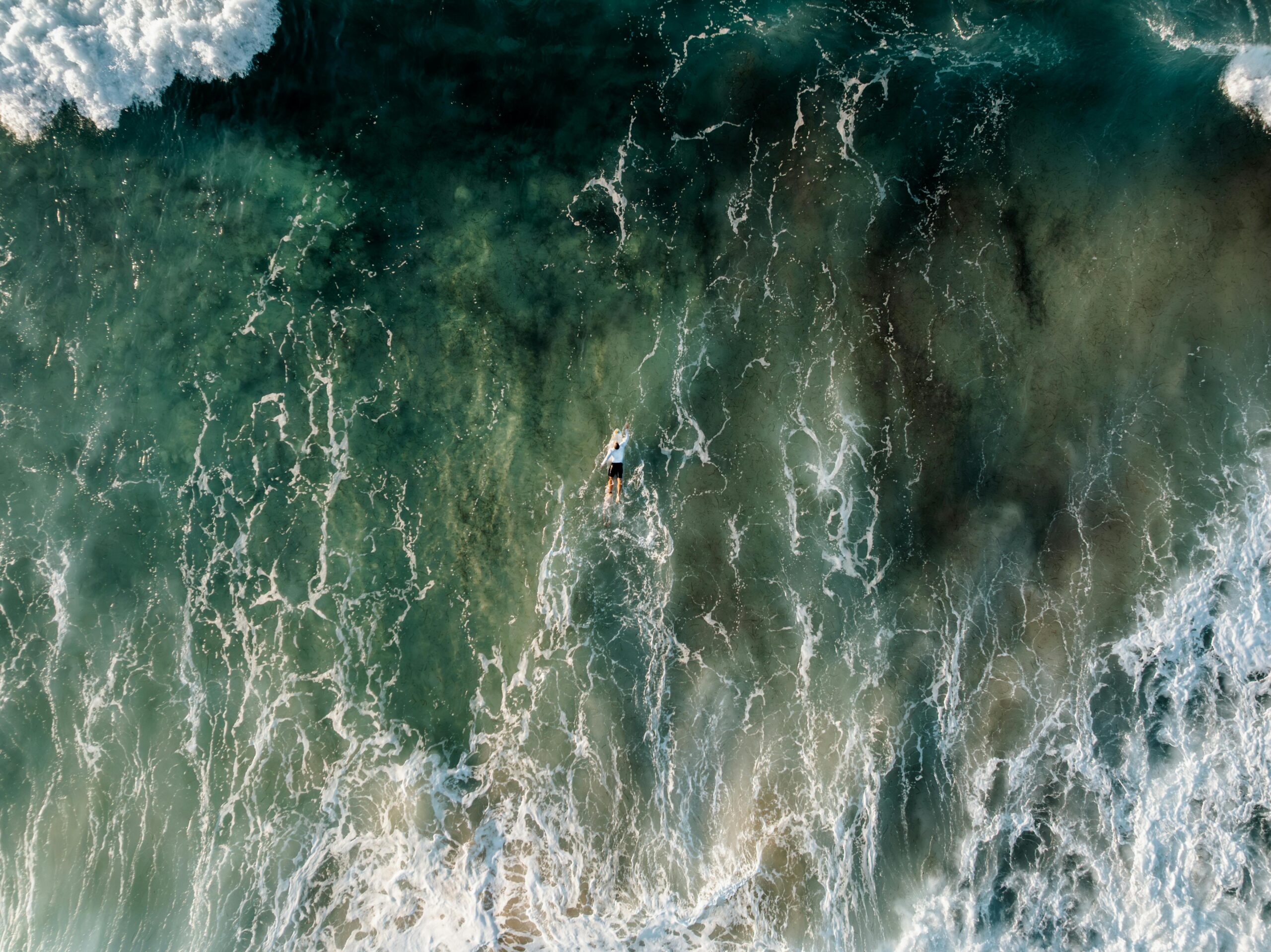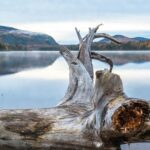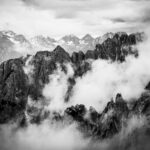Table of Contents
- Embracing the Splendor of Autumn: Top Fall Hikes in Canada
- Algonquin Park, Ontario: A Canvas of Crimson and Gold
- Gatineau Park, Quebec: A Breathtaking Autumnal Escape
- Mont-Tremblant, Quebec: A Mountain of Fiery Hues
- The Ultimate Winter Wonderland: Unforgettable Winter Hiking and Snowshoeing
- Banff National Park, Alberta: A Legendary Frozen Paradise
- Jasper National Park, Alberta: Serene and Spectacular Winter Treks
- Accessible Adventures: Year-Round Trails in Canada’s Urban Oases
- Stanley Park, British Columbia: Vancouver’s Evergreen Jewel
- Cypress Mountain, British Columbia: A Snowy Playground Above the City
- Mont Royal Park, Quebec: Montreal’s Beloved Urban Summit
- Essential Tips for Your Canadian Hiking Adventure
- Frequently Asked Questions
For many settling into a new life in Canada, whether as a student, a skilled worker, or a new permanent resident, discovering the country’s vast natural landscapes is an integral part of the experience. The transition from the vibrant hues of autumn to the pristine white of winter offers a spectacular and uniquely Canadian opportunity for outdoor adventure. This guide provides an in-depth look at some of the most remarkable fall and winter hiking trails across the nation, offering everything from serene walks through colourful forests to exhilarating snowshoe treks in the mountains. Exploring these trails is more than just a recreational activity; it’s a profound way to connect with the heart of Canada and create lasting memories in your new home.
Embracing the Splendor of Autumn: Top Fall Hikes in Canada
Autumn in Canada is a transformative season, a time when forests erupt in a brilliant display of red, orange, and yellow. This fleeting period, typically from late September to October, is arguably the best time for hiking, with cooler temperatures and breathtaking scenery. For newcomers, witnessing this natural spectacle is an unforgettable introduction to the country’s beauty. The experience is not just visual; it’s a sensory immersion, with the crisp air and the rustle of fallen leaves underfoot. Several regions in Eastern Canada, in particular, are world-renowned for their fall foliage, offering a multitude of trails that cater to all fitness levels. These hikes provide a perfect weekend escape from city life, allowing for peaceful reflection and a deeper appreciation for the Canadian environment.
Algonquin Park, Ontario: A Canvas of Crimson and Gold
Just a few hours’ drive from Toronto, Algonquin Provincial Park is the quintessential destination for autumn colours. Its vast forests of maple and aspen trees create a stunning, fiery landscape that attracts visitors from around the globe. For those new to the area, Algonquin offers a perfect blend of accessible and challenging trails. The Lookout Trail is a relatively short 2.1-kilometer loop that rewards hikers with a magnificent, panoramic view over a landscape ablaze with colour. For a slightly more immersive experience, the Centennial Ridges Trail is a demanding 10.4-kilometer loop that offers multiple spectacular viewpoints. It is crucial to plan your visit, especially on weekends, as the park can become quite busy. Arriving early not only helps in securing parking but also allows for a more tranquil experience with nature. Remember to check the park’s official website for updates on the peak fall colour season.
Gatineau Park, Quebec: A Breathtaking Autumnal Escape
Situated just across the river from Ottawa, Gatineau Park serves as a spectacular natural playground for residents and visitors in the National Capital Region. The park’s diverse topography of rolling hills and serene lakes makes it an exceptional spot for fall hiking. The Pink Lake Trail, a 2.3-kilometer loop around a unique meromictic lake, is a must-do, with wooden boardwalks that take you through a forest shimmering with fall colours. For one of the most iconic views in the region, the drive up to the Champlain Lookout offers a sweeping vista of the Ottawa Valley. From there, numerous trails branch out, allowing for hours of exploration. The park’s proximity to the city makes it an ideal destination for an afternoon trip, providing a quick yet profound escape into nature’s autumnal masterpiece for students and professionals alike.
Mont-Tremblant, Quebec: A Mountain of Fiery Hues
While known globally as a premier ski resort, Mont-Tremblant National Park is equally impressive in the fall. The Laurentian Mountains provide a dramatic backdrop for the season’s colours. The area offers a vast network of trails, ranging from gentle strolls to strenuous summit climbs. A popular choice is the Grand Brûlé trail, which takes hikers up the mountain through dense, colourful forests. Alternatively, taking the panoramic gondola to the summit and hiking down is an excellent option for those who want to enjoy the views without the arduous ascent. The vibrant pedestrian village at the base of the mountain also offers a charming place to relax after a day of hiking, making it a complete and memorable fall experience.
The Ultimate Winter Wonderland: Unforgettable Winter Hiking and Snowshoeing
When snow blankets the landscape, Canada transforms into a serene and magical wonderland. While the cold might seem daunting, winter hiking and snowshoeing offer a unique way to experience the country’s natural beauty in a state of peaceful stillness. The crisp, clean air and the quiet crunch of snow underfoot create a tranquil atmosphere that is vastly different from the bustling trails of summer and fall. With the right gear and preparation, exploring Canada’s frozen landscapes can be an incredibly rewarding adventure. The Canadian Rockies, in particular, become a majestic paradise of ice and snow, offering some of the most dramatic and awe-inspiring winter scenery on the planet.
Banff National Park, Alberta: A Legendary Frozen Paradise
Banff is Canada’s oldest national park, and its grandeur is only amplified in the winter. The snow-capped peaks, frozen lakes, and ice-covered canyons create a surreal, postcard-perfect setting. One of the most iconic winter experiences is the Johnston Canyon Icewalk. This popular trail features a series of suspended catwalks that take you deep into a limestone canyon to witness spectacular frozen waterfalls. For a different perspective, snowshoeing on the trails around the majestic Lake Louise offers unparalleled views of the Victoria Glacier. It is essential to be prepared for the cold and to check trail conditions with Parks Canada before heading out, as avalanche risks can be present in certain areas. Renting ice cleats (microspikes) is highly recommended for icy trails like Johnston Canyon.
Jasper National Park, Alberta: Serene and Spectacular Winter Treks
Just north of Banff, Jasper National Park offers a similarly stunning but often less crowded winter experience. Its vast, wild landscapes are perfect for those seeking solitude and a deeper connection with nature. The Maligne Canyon Icewalk is the park’s premier winter attraction, where guided tours allow you to walk on the frozen canyon floor, exploring ice caves and magnificent ice formations. Another fantastic option is snowshoeing along the Medicine Lake or Maligne Lake shorelines, where the stark beauty of the landscape is on full display. Winter in Jasper is also an excellent time for wildlife viewing, as animals like elk, deer, and bighorn sheep are often seen along the roadsides and trails.
Accessible Adventures: Year-Round Trails in Canada’s Urban Oases
For those living in or near Canada’s major cities, world-class outdoor experiences are often just a short distance away. Many urban parks offer well-maintained, accessible trails that can be enjoyed throughout the fall and winter, providing a vital connection to nature without the need for a long journey. These parks are invaluable resources for students and newcomers who may not have access to a vehicle or the time for a multi-day trip. They offer a perfect way to de-stress, get some exercise, and appreciate the changing seasons right at your doorstep, from Vancouver’s temperate rainforests to Montreal’s snowy mountain centerpiece.
Stanley Park, British Columbia: Vancouver’s Evergreen Jewel
Stanley Park is a massive urban oasis that offers a distinctly West Coast hiking experience. Thanks to Vancouver’s mild climate, its trails are accessible year-round. The famous Seawall provides a flat, paved route with stunning views of the city, mountains, and ocean. For a more traditional hiking experience, the park’s interior is crisscrossed with a network of trails that wind through towering Douglas fir and Western red cedar trees. Even in winter, the forest remains lush and green, offering a vibrant escape from the city’s grey days. The park’s easy accessibility via public transit makes it a favorite for locals and newcomers alike.
Cypress Mountain, British Columbia: A Snowy Playground Above the City
While Stanley Park offers a green winter, a short drive from downtown Vancouver takes you up to the snowy peaks of Cypress Mountain. Part of Cypress Provincial Park, it features a dedicated Nordic Area with an extensive network of marked snowshoe trails. The Hollyburn Meadows Trail is a popular choice, offering incredible views of the Vancouver skyline and the surrounding islands on a clear day. Renting snowshoes is easy at the base, making it a very accessible way for beginners to try the sport. It’s a remarkable experience to be able to leave the rainy city behind and find yourself in a deep winter snowpack in under an hour.
Mont Royal Park, Quebec: Montreal’s Beloved Urban Summit
Designed by Frederick Law Olmsted, the same landscape architect behind New York’s Central Park, Mont Royal Park is the heart and soul of Montreal. In the fall, its trails are a beautiful place for a walk to enjoy the autumn colours with a backdrop of the city skyline. When winter arrives, the park transforms into a hub for cold-weather activities. A wide network of trails becomes perfect for snowshoeing and cross-country skiing, with equipment rentals available at Beaver Lake (Lac aux Castors). A hike up to the Kondiaronk Belvedere lookout provides the classic, breathtaking view of downtown Montreal blanketed in snow. Its central location and accessibility make it an essential part of student life and the Montreal experience.
Essential Tips for Your Canadian Hiking Adventure
Embarking on a hiking trip in Canada, especially during the fall and winter, requires careful preparation to ensure a safe and enjoyable experience. The weather can be unpredictable, and conditions can change rapidly. Here are some key takeaways to keep in mind:
- Dress in Layers: Wear multiple layers of moisture-wicking clothing. This allows you to add or remove layers as your body temperature changes. Avoid cotton, as it retains moisture and can make you cold. A waterproof and windproof outer layer is essential.
- Invest in Proper Footwear: Sturdy, waterproof hiking boots with good traction are crucial. For winter hiking on icy trails, ice cleats or microspikes are a must-have for safety.
- Check Weather and Trail Conditions: Always check the local weather forecast and the official park website for trail conditions, closures, or warnings (such as avalanche risk) before you leave.
- Pack the Essentials: Carry a backpack with water, high-energy snacks, a map, a compass or GPS device, a first-aid kit, a headlamp, and extra layers. In winter, a thermos with a hot beverage can be a welcome treat.
- Inform Someone of Your Plans: Let a friend or family member know where you are going and when you expect to be back.
- Be Wildlife Aware: Canada is home to diverse wildlife. Learn about the local animals, carry bear spray in designated areas (and know how to use it), and never feed wild animals.
Frequently Asked Questions
What kind of gear is essential for winter hiking in Canada?
For winter hiking, essential gear includes waterproof and insulated hiking boots, multiple layers of synthetic or wool clothing, a waterproof outer shell, a warm hat and gloves, and traction devices for your boots like ice cleats or microspikes. Snowshoes may be necessary for trails with deep snow.
How can a new student in Canada find people to go hiking with?
Many universities and colleges have outdoor clubs or adventure groups that organize hiking trips, which are a great way to meet people. Additionally, platforms like Meetup.com and local community Facebook groups often have hiking clubs that welcome new members.
What is the best time to see the autumn leaves in Ontario and Quebec?
The peak season for autumn leaves, or ‘fall colours,’ typically occurs from the last week of September to the second week of October. However, this can vary each year depending on the weather, so it’s best to check park-specific fall colour reports online before planning your trip.
Are the trails in Banff National Park suitable for beginner hikers in the winter?
Yes, Banff offers several winter trails suitable for beginners. The Johnston Canyon Icewalk to the lower falls and the flat, scenic trails around Lake Louise are excellent, well-trodden options. Always check trail conditions with Parks Canada before you go.
What does it mean to be ‘Wildlife Aware’?
Being ‘Wildlife Aware’ means understanding the potential for encounters with wild animals, such as bears, elk, or cougars. It involves making noise while you hike to avoid surprising animals, carrying bear spray in bear country, never leaving food unattended, and keeping a safe distance from any wildlife you encounter.
Talk to us to find out more. ->
The content above is not intended to provide legal advice or opinions of any kind and may not be used for professional or commercial purposes.







